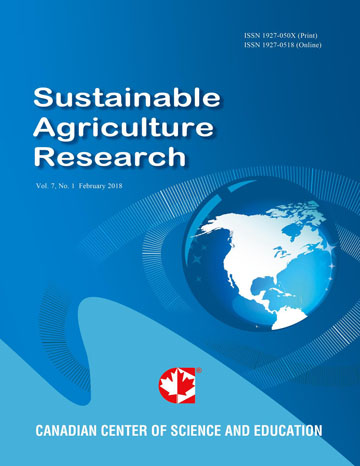Effect of Timing of Urea Application or Red Clover Incorporation on Forage and Animal Production
- Guillermo Scaglia
Abstract
Efficient use of land resources is a major objective for beef cattle producers. Incorporating high nutritive value forages into warm perennial grasses, increases animal production and reduces hay feeding, hence reducing production costs. The moment of chemical fertilizer application or the use of clovers to provide N in pastoral systems can be possible strategies to reduce inputs and decrease negative effects in the environment (N losses through leaching or evaporation) without affecting animal performance and gains per unit of land. In the conditions of the present experiment, the treatment with one application of N (as urea) in January (after grazing started) produced the same amount of forage, average daily gains (ADG), and gain per hectare than the treatment with two applications (November and January) at a lower cost of production. When red clover (legume) was used with annual ryegrass without any chemical fertilizer, forage and animal performance were reduced when compared to the other two treatments and cost of production was the greatest. Strategically applying N based on plant growth patterns and grazing management strategies, reduced cost of production without any impact on the animal-plant subsystem. Legumes as a source of N for annual pastures may not be enough to maintain appropriate production while seed cost should also be considered.
- Full Text:
 PDF
PDF
- DOI:10.5539/sar.v9n3p1
Index
Contact
- Joan LeeEditorial Assistant
- sar@ccsenet.org
